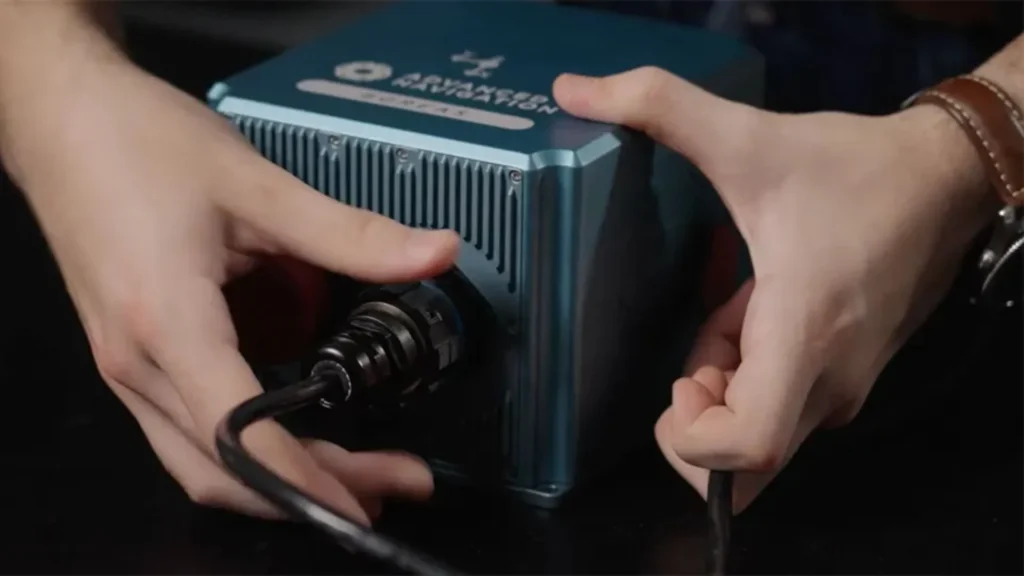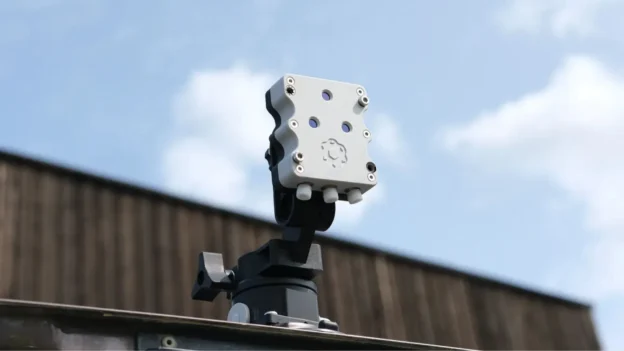Advanced Navigation has succeeded in accurately positioning a system without GNSS or fixed infrastructure in Europe’s deepest mine in Pyhäjärvi, Finland. This subway environment, with a depth of 1.4 km and a labyrinthine network of metal tunnels, is notoriously hostile to traditional positioning systems.
To meet that challenge, the Australian company implemented a hybrid system that combines its Boreas D90 fiber-optic gyroscope with a laser velocity sensor (LVS), eliminating the need for external signals. The integration is managed by AdNav OS Fusion, a platform that calibrates the reliability of each sensor in real time.
The system combines a laser speed sensor with the Boreas D90 fiber optic gyroscope and an inertial navigation system. Source: Advanced Navigation
Extreme precision with subway navigation
The system covered 22.9 km of subway tunnels at the Pyhäsalmi Pyhäsalmi mine with a navigation error of less than 0.1 %, demonstrating superior accuracy to conventional GNSS on the surface. In tests up to 6 km, the average error was just 2.83 meters, while in the most demanding run, the final deviation was 15.9 meters.
Unlike methods that rely on wifi, beacons or simultaneous mapping (SLAM), this architecture is based exclusively on inertial principles. Thanks to the integrated gyrocompass, the system can determine true north without magnetic compasses, allowing it to be deployed immediately even in areas without prior mapping. mapping.

Scalable autonomy for the mining of the future
Validated in five independent runs, this breakthrough enables vehicles to operate in subway 3D environments with high reliability, opening the way to autonomous fleetsThe new technology allows for autonomous fleets, collision avoidance and material tracking without requiring complex infrastructure.
Sydney-based Advanced Navigation anticipates commercial launch of this technology by the end of 2025. With this innovation, it paves the way for robust operational autonomy in areas that were previously inaccessible or dangerous for digital navigation.
Source and photos: Advanced Navigation

